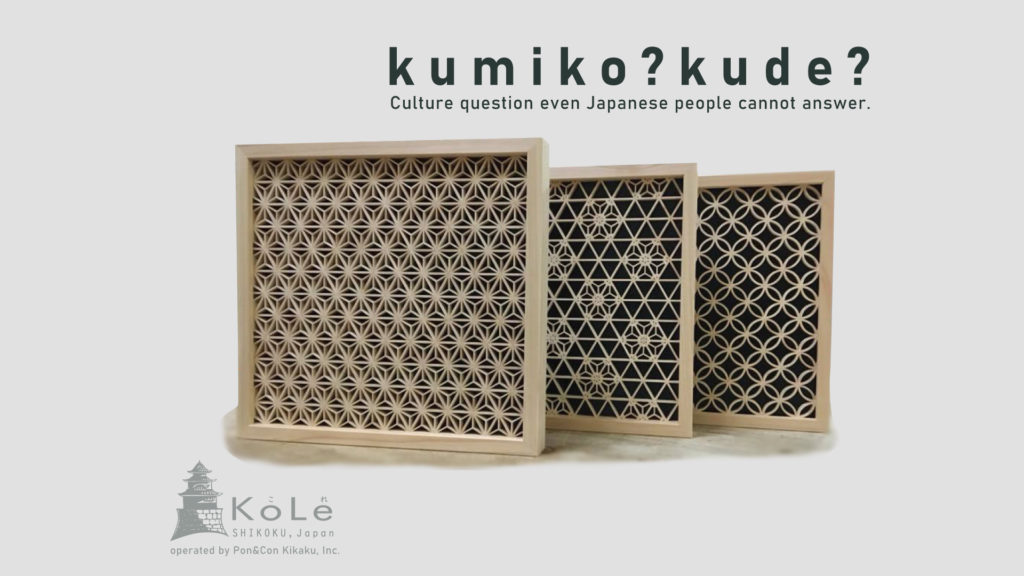
We are quite positive that not so many Japanese people can explain both of these words perfectly.
When you are interested in other culture’s tradition or crafts, “what it is called” can be troubling. One of the reason is just because the name is in foreign language. But this case, you will find a lot of people in Japan cannot explain them perfectly.
If you doubt me, ask a Japanese person “What is the difference between ‘kumiko’ and ‘ku de’?”. Some might answer you “Kumiko is a girls name but I don’t know other one”. If you get this answer the person got it both wrong.
“Kumiko” can be very common Japanese female name. However here we are talking about Japanese traditional craft. It is quite confusing that a female name and the name traditional craft are same. So on this website, when we are referring the craft we will type it as “KUMIKO” or “kumiko”. When we are referring the person’s name “Kumiko”.
KUMIKO & KUDE are both Japanese fixture craftsmen’s skills and crafts.
As you might know, very traditional housings in Japan are made of combination of wood, mud (including roof tiles), bamboo and paper mostly. Doors are made with wood in and out. The craftsmen who make the doors are the fixture craftsmen. And these craftsmen who learnt traditional skills most likely to have this “KUMIKO/KUDE” skill.
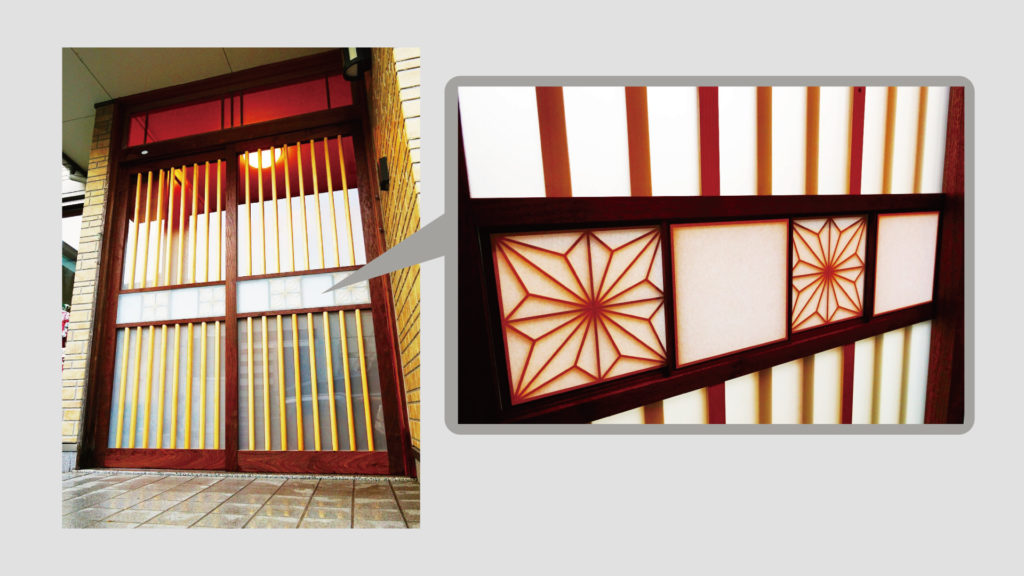
The flower looking decorations are “KUMIKO/KUDE” craft.
KUMIKO /ku-mi-ko/
KUMIKO is a skill to assemble usually very thinly cut wood without using nails or screws.
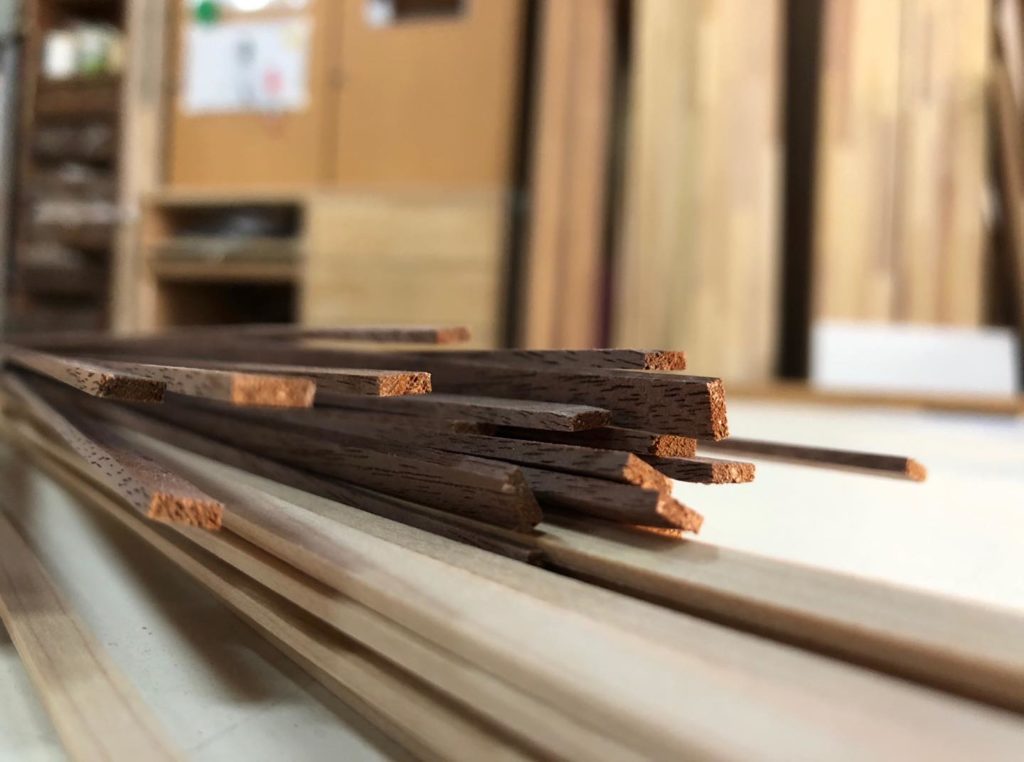
Tiny grooves, mortise or tenons are cut out by craftsmen on these thin strips of wood. Then they are assembled together. Depending on angles and design of grooves, mortise or tenons, once these parts are assembled it creates beautiful patterns.
These skills are developed among fixture craftsmen to enhance the durability of the doors or windows they are making. Later, some say around “Edo era”, it was developed more decorative purposes.
Mistake allowance within 0.1mm (0.0039 inch)
If you try to do KUMIKO craft from making those pieces, you will notice, your allowance to make mistake is only within 0.1mm (0.0039 inch). That is approximately, the width of your hair. So you can imagine how precise they have to be.
You can find KUMIKO crafts all over Japan. So I personally recommend you to find the artisan who creates what you like, not by the region.
Now! These are the basic knowledge of KUMIKO!
KUDE /ku-de/
You might start to guessing what KUDE is by now. Yes, KUDE is another name for KUMIKO, roughly. But this name is only used in a specific area of Japan.

KUDE is the name used in Kagawa prefecutre, where we are located. “KUDE-SHOUJI” is one of officially listed traditional craft of Kagawa.
“SHOUJI”?
As I have explained, KUMIKO/KUDE is the skill of fixture craftsmen. SHOUJI is one of fixture for Japanese traditional housings. It is interior door.
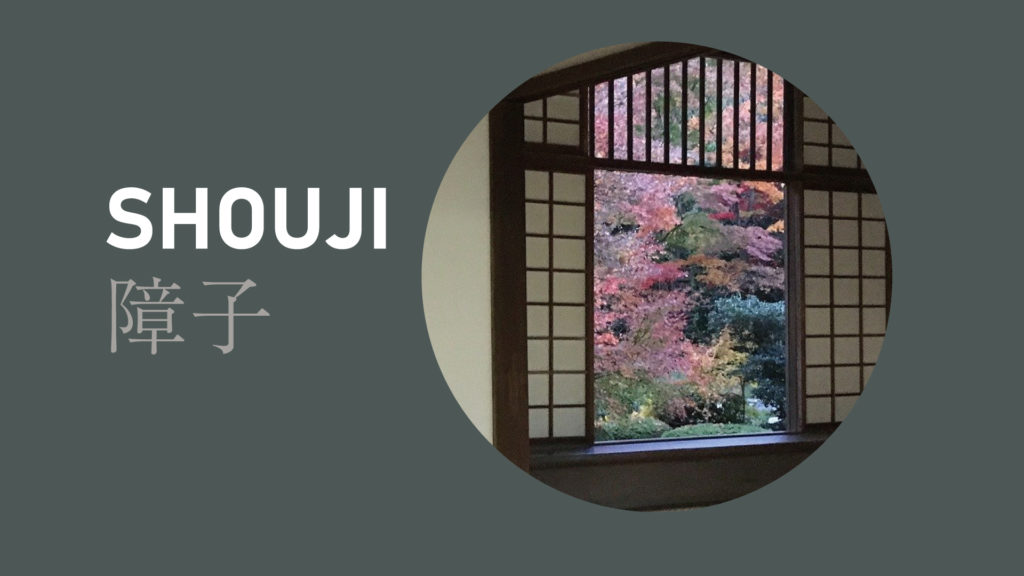
Have you ever seen the screen made of wood frame and white paper is pasted? That screen is called “SHOUJI”. By the way, Shouji can be male name too. Confusing right?
On SHOUJI, you see a lots of rectangles. Fixture craftsmen started decorating these rectangles with KUMIKO. That KUMIKO decorated SHOUJI is called “KUDE-SHOUJI” in Kagawa.
“so… where is the word KUDE came from?”
I am sure there are a few answers on that question. However, what I heard from KUDE-SHOJI craftsmen are …
KUDE is the name of work to cut grooves, mortise or tenons on the strips of wood for KUMIKO.
Now you have more knowledge than most Japanese people on one of Japanese wood craft!
Shall we check??
What is KUMIKO?
Where can you find KUMIKO crafts?
Can KUMIKO craftsmen make doors?
What is the mistake allowance to create KUMIKO?
Is KUDE crafts and KUMIKO crafts same things?
What is “SHOUJI” ?
What is “KUDE-SHOUJI”?
Where can you find the shouji called “KUDE-SHOUJI”?
Where did the word “KUDE” come from?
Were you able to answer all of that? Now, the last question.
Which word less likely to be Japanse person’s first name?
KUMIKO / KUDE / SHOUJI
The last question’s answer is at the very end of this article.
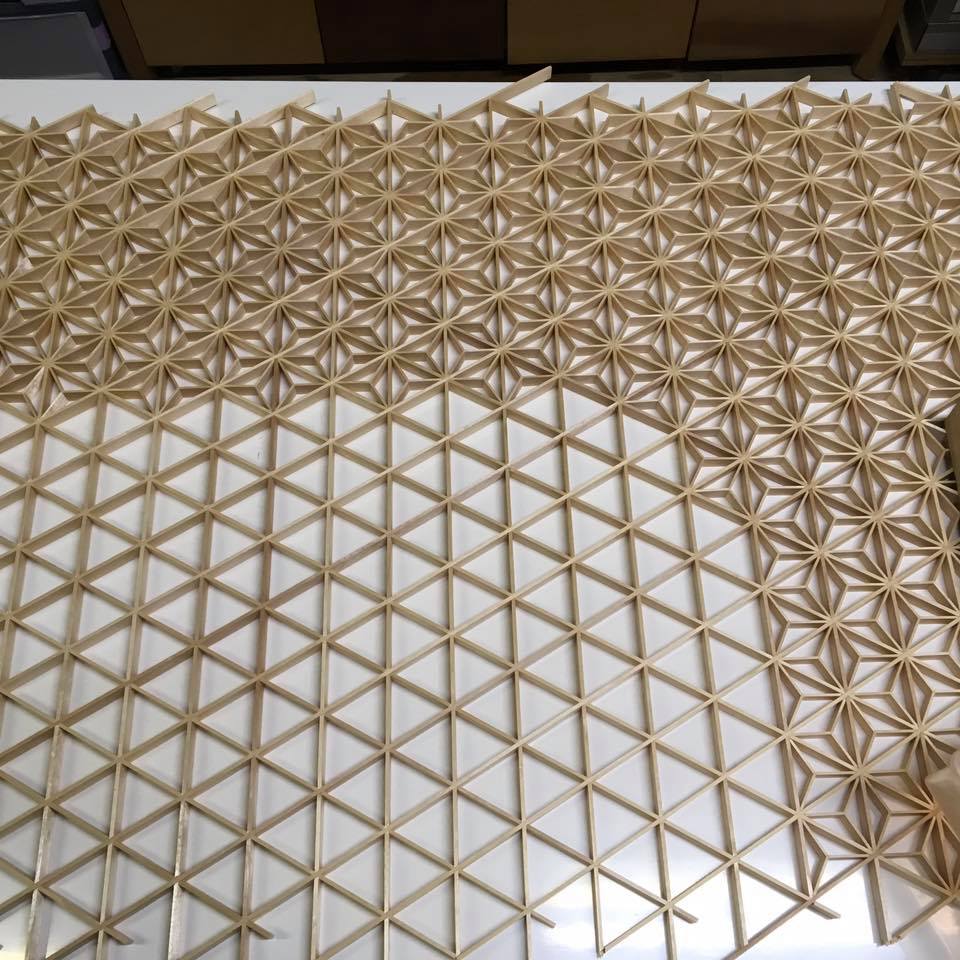
I hope this article interested you in KUMIKO/KUDE a bit. If you ever have a chance to visit Japan and have a chance to see traditional buildings, let’s find out if you could tell if the KUMIKO/KUDE works are used.
If you like what you read, we appreciate if you subscribe our blog! Thank you!
Head Curator
Satoko
*The answer of the last question was …… KUDE!
Here is an artisan who is KUDE-SHOUJI certified Japanese Traditional Craftsman, Takashi Morimoto. SEE HIS PAGE CLICK HERE
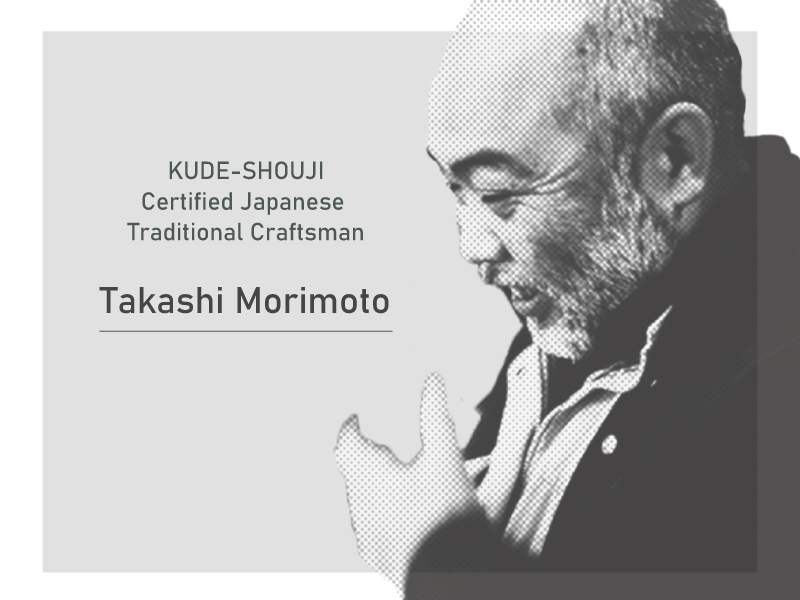


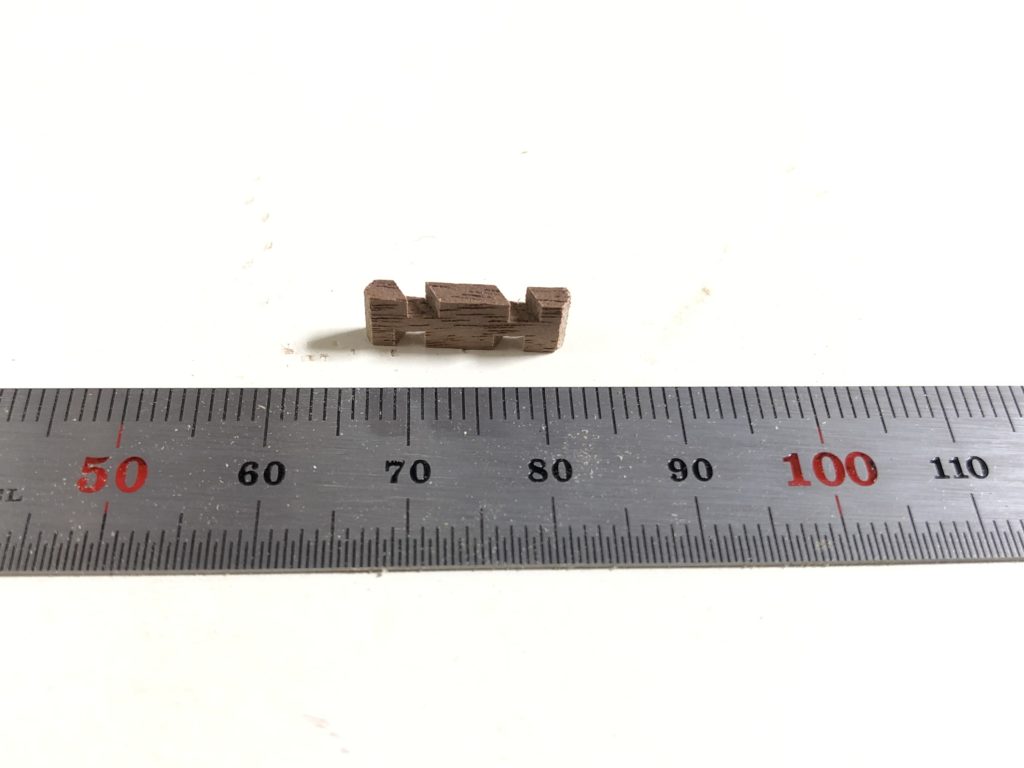
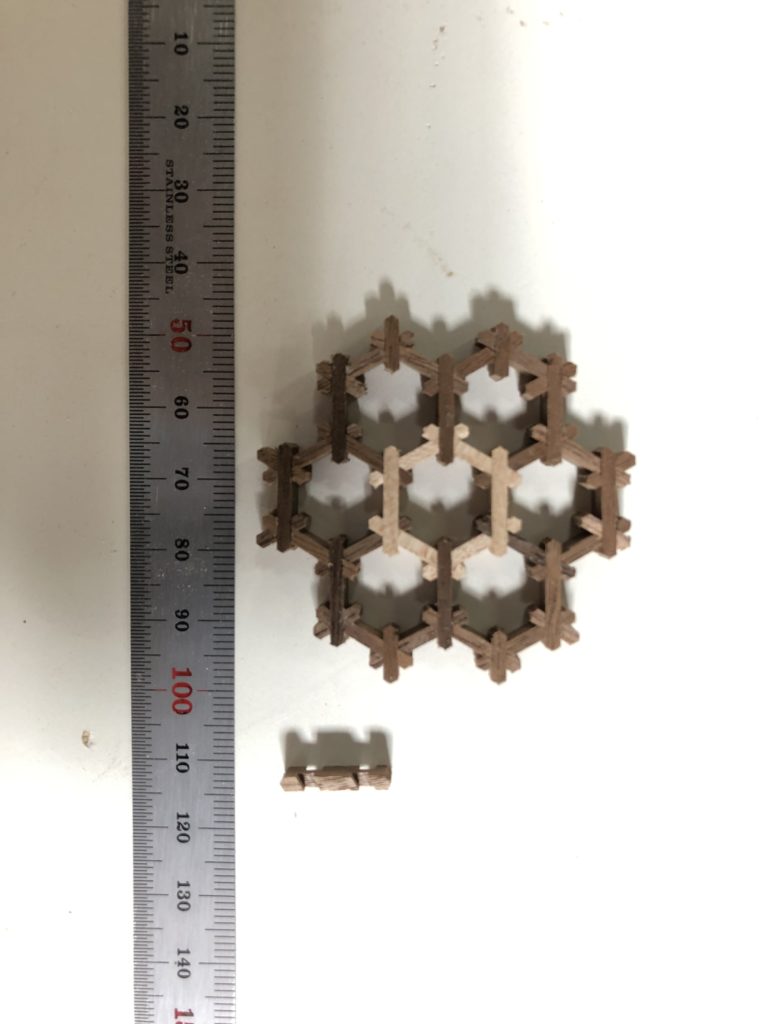
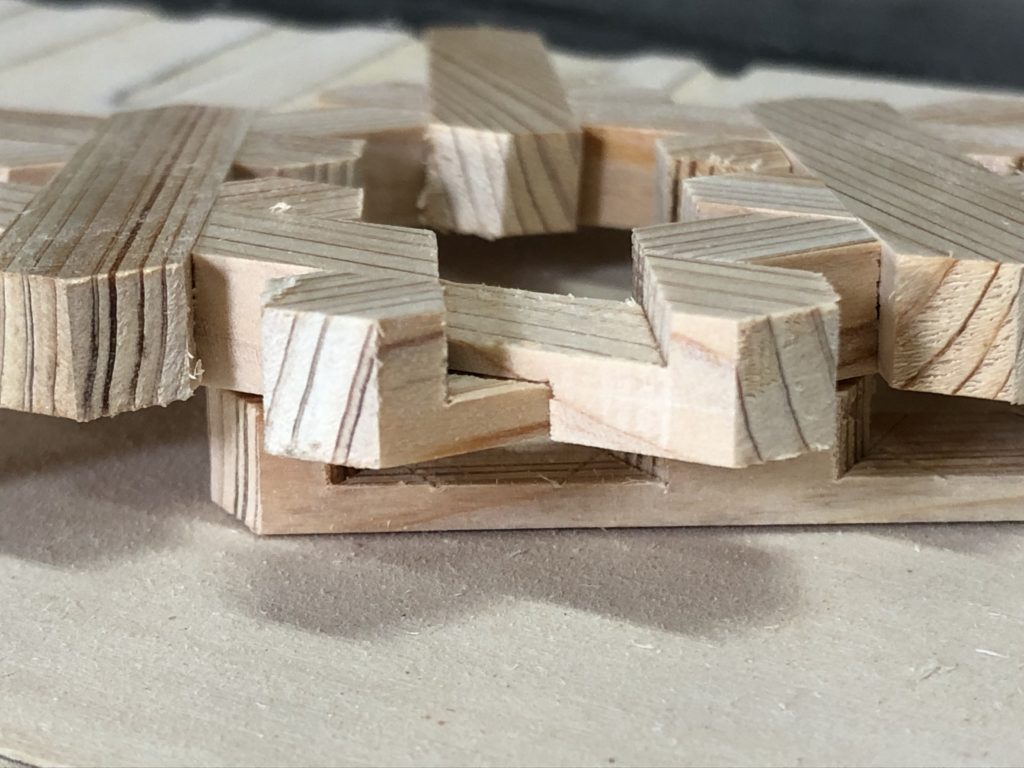
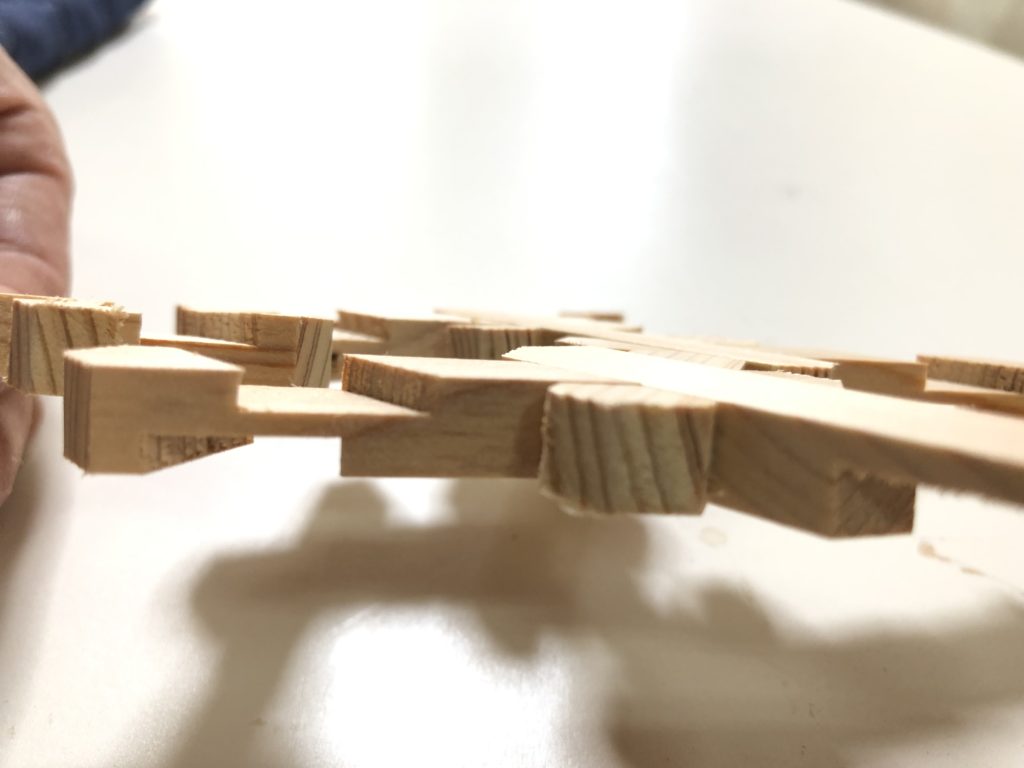


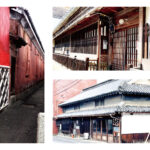


Comments by satoko